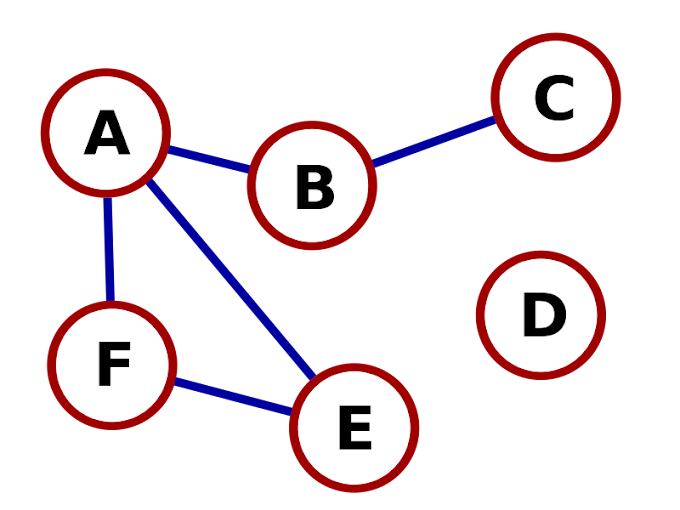Avoid squandering your time. Ensure that the programming languages you select are the most in-demand ones on the market if you set aside the time and effort required to learn new programming languages.
After all, you'll need to be at the head of the class if you want to begin (or advance) a career in software development. It would help if you first prepared yourself to learn new programming languages by learning which ones are well-liked, helpful, and on the rise.
Uncertain about where to begin? Don't worry; we've already done the hard work by analyzing developer and industry data from the previous few years to spot patterns and make judgments that will assist you in making plans for your programming education. Next, we'll review this article's top 10 programming languages and offer advice on how to learn them.
With just minor shifts between years, we discovered that the most popular programming languages on Stack Overflow in 2019 and 2020 were Rust, Python, and Typescript. For years, Python, JavaScript, and Go topped Stack's Most Wanted rankings as the top three best programming languages. However, the likelihood of these five languages becoming more popular is vital, given their predominance in developers' minds. Hence they merit inclusion on our list.

Here are the Top In-Demand Programming Languages for 2023
1. JavaScript
JavaScript is used to control how web pages behave. It enables programmers to make dynamic web elements, including animated images, interactive maps, clickable buttons, and more. Combining HTML, CSS, and JavaScript gives programmers more control over a website and the opportunity to improve user navigation and readability.
The most popular programming language now in use worldwide is JavaScript. It's one of the most straightforward learning languages used by web browsers. Nearly no prior coding experience is necessary to learn JavaScript; once you get started, you may begin using it right away.
In addition, there are numerous online groups, courses, and resources for professional support due to the language's widespread use. In addition to having excellent usability, this support places JavaScript at the top of our list of the most popular programming languages.
2. Python
Python is a general-purpose programming language that enables programmers to employ a variety of programming paradigms when developing programs (such as functional, object-oriented, reflective, etc.). We used Python to create several well-known digital applications and platforms, such as YouTube, Google Search, and iRobot robots.
Python is an excellent language for new and seasoned programmers because it is one of the simpler languages to learn and use. A substantial library for supporting common commands and operations is included with the language. In addition, its interactive features enable programmers to test code as they write it, cutting down on time needed to write and test lengthy parts of code.
3. HTML
HTML stands for HyperText Markup Language. Despite its confusing-sounding name, HTML is one of the most accessible entry points into the world of programming.
Technically speaking, HTML is a markup language, which means it is in charge of formatting how information appears on a page. HTML is mostly used to define plain-text web pages. It is restricted to writing and arranging text on a website and does not have as much functionality as the other programming languages on this list. The HTML language includes paragraphs, headings, sections, and links.
4. CSS
Cascading style sheets, or CSS, control how a website looks and are typically used in conjunction with HTML. While CSS determines the size, colour, and positioning of every element on a website, HTML organises site text into chunks.
The cascading portion of CSS's name indicates that an applied style will flow from parent elements to all of the website's child elements. Thanks to this capability, users won't have to manually repeat their code across a website after deciding on the aesthetics for the primary parent. Furthermore, users do not need to redo a web page to alter color because CSS and HTML are responsible for site organization and aesthetics.
Beginning programmers can dip their toes in the figurative coding pool with CSS because it is an approachable language. However, there is no excuse not to learn CSS if you are starting with programming.
5. Java
Java is a object-oriented programming language is widely used in development. In object-oriented programming, programmers build objects that have functions and data that can be used to provide programmes and applications structure.
Java is extremely popular for a good reason; it's simple to learn and use backend development language, has excellent security, and can manage enormous amounts of data. Due to these characteristics, Java is a perfect language for online finance and is frequently used in the banking, billing, and stock market sectors.






0 Comments